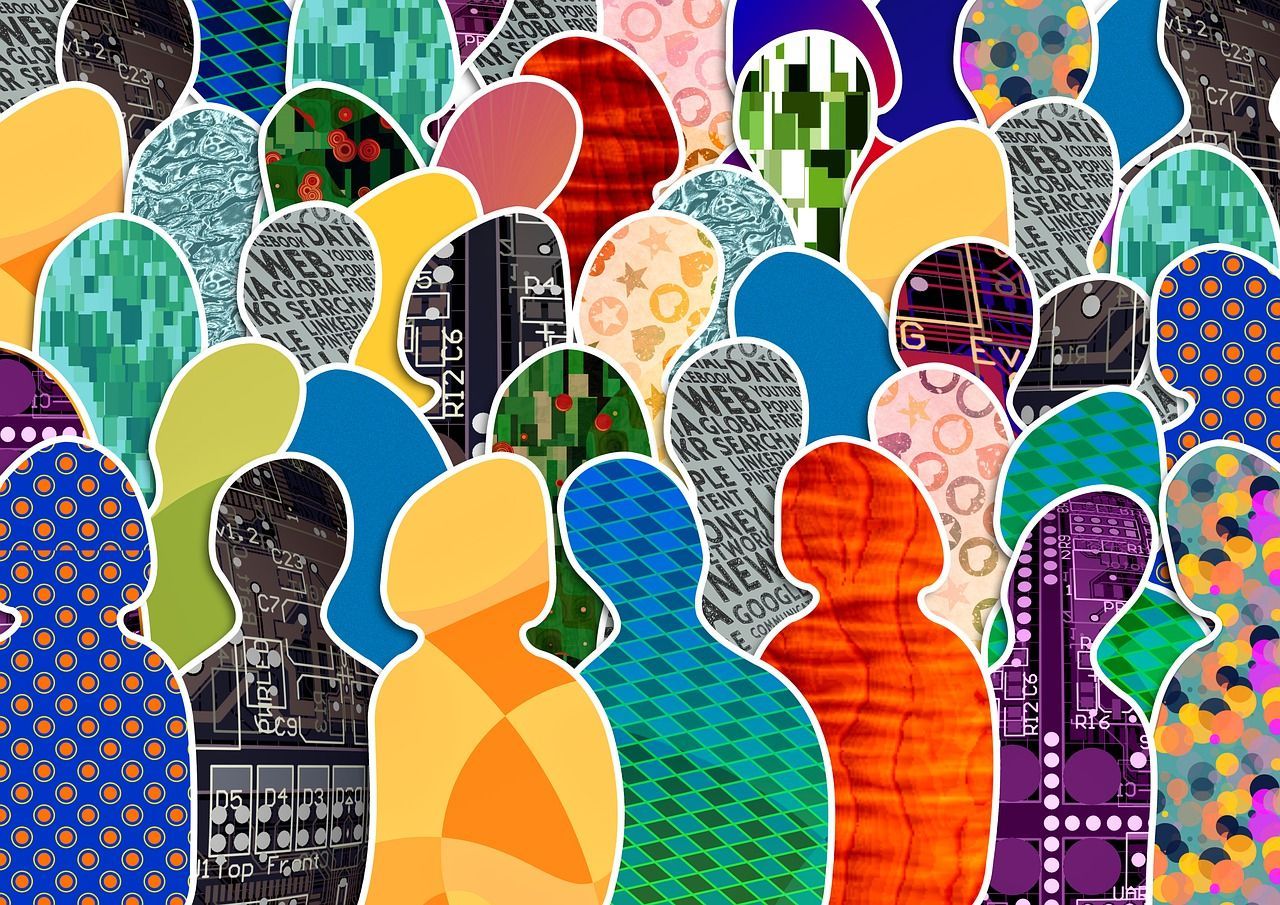Creating content with artificial intelligence
In today’s technological world, artificial intelligence (AI) is all around us. It is found in many sectors and has many uses. For example, AI can translate speech and generate human language, it can interpret visual information (facial recognition, object detection, and medical image analysis etc.) or even provide personal recommendations based upon shopping habits. Like it or not AI is real and here to stay.
One area where AI is in regular use is in written communications. AI can generate text quickly and in varying degrees of detail, depending upon what is asked. So should charities be using AI for their own communications?
Here are some of the advantages to a small charity of using AI:
1. Time-saving: AI can automate various tasks, such as generating content, proofreading, and formatting, which helps save time for charity staff. This allows them to focus on other important activities.
2. Cost-effective: AI tools can be more cost-effective than hiring additional staff or outsourcing content creation. It eliminates the need for dedicated writers or editors, reducing expenses for the charity.
3. Consistency: AI can ensure consistency in tone, style, and messaging across different communications. This is particularly useful for maintaining a cohesive brand image and delivering a consistent message to donors, volunteers, and other stakeholders.
4. Efficiency: AI-powered tools can analyse data and generate personalised communications based on individual preferences or donor history. This can help the charity tailor its messages to specific audiences, increasing engagement and response rates.
But what about the disadvantages? Here are some points to consider:
1. Lack of human touch: AI-generated content may lack the personal touch and emotional connection that human-written content can provide. This can be a disadvantage when trying to establish a genuine connection with donors or volunteers.
2. Limited creativity: AI may struggle with creativity and originality, as it relies on pre-existing data and patterns. This can result in generic or predictable content that fails to stand out or resonate with the audience.
3. Potential errors: AI tools are not perfect and can make mistakes. They may misinterpret or misrepresent information, leading to inaccuracies in the written communications. Human oversight is still necessary to ensure the quality and accuracy of the content.
4. Ethical concerns: AI algorithms can be biased or perpetuate stereotypes if not properly trained or monitored. This can inadvertently harm the charity's reputation or offend certain groups of people.
5. Fakes and scams: In the wrong hands, AI can be used to fake content and even scam people.
To demonstrate what it can do, I generated this blog post with AI. But to keep it entirely relevant and keep it personal, I changed or added content where I felt it necessary.
I agreed however with the following AI generated conclusion… That while AI can bring efficiency and cost savings to small charities' written communications, it is important to consider the limitations and potential risks associated with relying solely on AI-generated content. A balanced approach that combines AI tools with human oversight and creativity can help maximise the benefits while mitigating the disadvantages.




